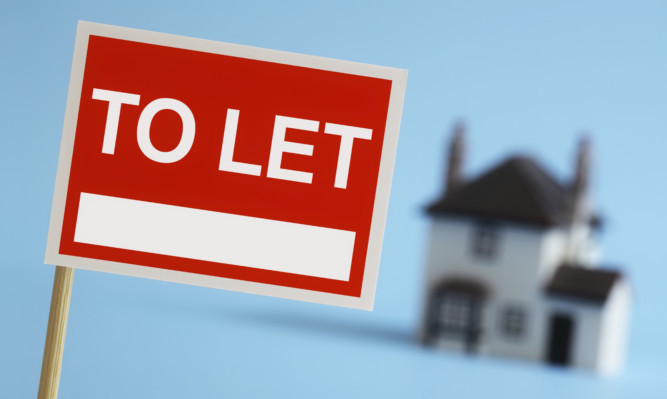Average rents in Scotland have risen by 1.7% in the past year but growth has been slower than in other parts of the UK.
Rents in England and Wales increased by 6.3% over the same period, according to the latest buy-to-let index from lettings agent Your Move.
The typical monthly rent for a property in Scotland was £545 in September, down 0.3% on the previous month.
The strongest growth was in the Highlands and Islands, with average rents up 6.4% (or £34) since September 2014 to a new high of £572 per month.
Average rents rose by 2% year-on-year to £623 in Edinburgh and the Lothians but fell 2.6% to £555 in Glasgow.
The research also found the proportion of rent paid late has more than doubled to 13.2% in the past year, a record high.
The average landlord had a return, before any mortgage payments or maintenance costs, of £9,000.
Brian Moran, lettings director at Your Move Scotland, used the figures to criticise the Scottish Government’s Private Housing (Tenancies) (Scotland) Bill.
The legislation aims to give private tenants more security and stability, and will allow councils to implement rent controls in high pressure areas.
Mr Moran said: “Scottish rents have been falling for the past few months, and realigning to calmer levels for the autumn. It’s certainly not a sector spiralling out of control.
“This auto-correction and natural flow of the lettings market will be disrupted by artificial interventions from the Government.
“Private sector landlords could soon face a regulatory minefield, and this may dissuade future investment into buy-to-let at a time when we need the sector to grow, not contract.”
He added: “An equally worrying implication is that the Bill could be a huge distraction from the bigger picture issue – that is, a lack of housebuilding to meet demand for affordable homes of all tenures across Scotland.”
